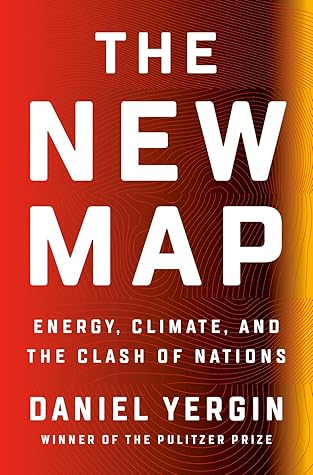More on this book
Community
Kindle Notes & Highlights
Read between
September 15 - October 12, 2020
By 2019, 33 percent of Germany’s electricity came from renewables.
A few months earlier, some Chinese officials and strategists had begun to describe the South China Sea as a “core interest.” Those were highly significant words, for they were the same formulation applied to the ultra-important questions of Tibet and Taiwan, and they could be interpreted as fighting words. “Core interest” had generated pushback from the United States and set off alarms for Southeast Asian countries.
The Xinjiang region includes the Tarim Basin, which is one of China’s main domestic sources of oil and gas and where the Uighurs, a Muslim Turkic people, have traditionally been the dominant ethnic group, though with Kazakhs and other groups and now with many Han Chinese as well.
By April 9, the “coalition of the willing,” led by the United States, had accomplished what had not happened twelve years earlier—the capture of Baghdad.
I was in London with my dad before I moved there later in 2003. I saved the free newspaper that came at the hotel with this on the front page. It’s in my desk in my bedroom in my parents’ house in CT.


